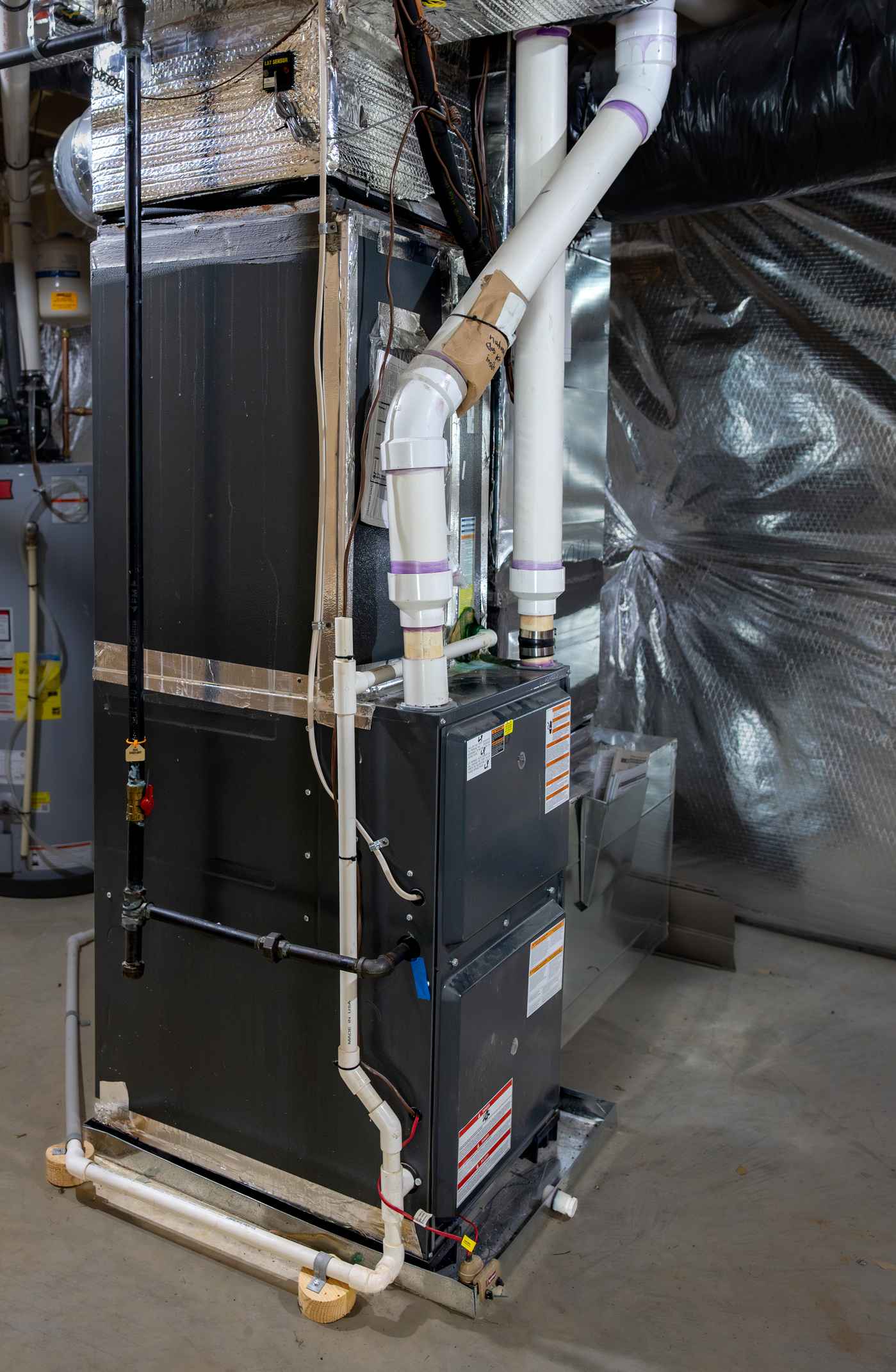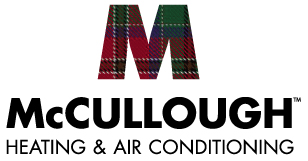4.8 Google Rating
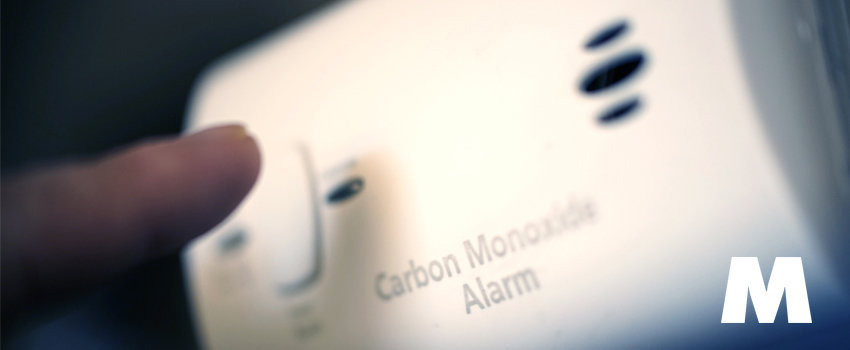
Protecting Your Home from Carbon Monoxide Poisoning: Essential Safety Tips for Austin Homeowners
Carbon monoxide (CO) poisoning is a serious risk, especially during the winter when heating systems are in full use. Carbon monoxide is a colorless, odorless gas produced by burning fuels such as natural gas, oil, wood, and propane. It’s essential for homeowners to be aware of CO risks and to take preventive measures to protect their households. Here’s a guide on how to keep your Austin home safe from carbon monoxide poisoning, including tips for HVAC maintenance, detector placement, and general safety practices.
1. Understand the Sources of Carbon Monoxide in Your Home
Carbon monoxide is produced by combustion, so any fuel-burning appliance can potentially emit CO if it’s not functioning properly.
- Common Sources: CO can be emitted by furnaces, water heaters, gas stoves, fireplaces, and even vehicles left running in an attached garage. It’s essential to be aware of where these potential sources are located and ensure they’re maintained regularly.
- Risks with HVAC Systems: A cracked or damaged heat exchanger in a furnace can allow carbon monoxide to leak into the home. This is why routine HVAC maintenance is so important, as it ensures your heating system is operating safely and efficiently.
2. Install Carbon Monoxide Detectors Throughout Your Home
Carbon monoxide detectors are essential for early detection. These devices alert you if CO levels in your home become dangerous, giving you time to evacuate and seek help.
- Placement Guidelines: Place CO detectors outside each sleeping area, on every level of your home, and near any fuel-burning appliances. Avoid placing detectors right next to appliances, as this can lead to false alarms. Instead, position them 5-20 feet away from potential CO sources.
- Maintain and Test Detectors Regularly: Check your CO detectors monthly to ensure they’re functioning correctly, and replace batteries at least twice a year. Most detectors have a lifespan of 5-7 years, so replace them as needed to ensure they’re working reliably.
- Interconnected Detectors: For added safety, consider interconnected CO detectors. These are hardwired or wireless systems where, if one detector goes off, all units sound the alarm, ensuring everyone in the house is alerted.
3. Schedule Regular HVAC Maintenance
Regular HVAC maintenance is one of the best ways to prevent CO leaks from your heating system. Technicians can inspect your system, clean key components, and repair any issues that could lead to carbon monoxide emissions.
- Inspect the Heat Exchanger: The heat exchanger in your furnace is a common source of CO leaks if damaged. During maintenance, a technician will inspect the heat exchanger for any cracks or damage and address potential issues early.
- Check Vents and Flues: Proper ventilation is crucial for safe HVAC operation. Technicians will inspect exhaust flues and vents to ensure they’re clear of obstructions and correctly installed, allowing gases to safely exit your home.
- Test for CO Emissions: Many HVAC companies, including McCullough, offer CO testing as part of routine maintenance. This helps detect any issues with your system before they become a risk to your household.
4. Ensure Proper Ventilation
Proper ventilation is essential for preventing CO buildup, particularly in areas where fuel-burning appliances are located.
- Keep Vents Clear: Make sure that outdoor vents for furnaces, water heaters, and dryers are free from debris, snow, or other obstructions. Blocked vents can cause CO to accumulate indoors, leading to a hazardous environment.
- Ventilation in Garages: Avoid leaving vehicles running in enclosed spaces like garages. If your garage is attached to your home, keep the garage door open while running your vehicle to allow CO to disperse safely.
- Adequate Ventilation in Utility Rooms: Rooms with fuel-burning appliances, such as a furnace or water heater, should have proper airflow to prevent CO buildup. Ensure these rooms are well-ventilated and never sealed off completely.
5. Be Aware of the Symptoms of Carbon Monoxide Poisoning
Recognizing the early symptoms of CO poisoning can be lifesaving. Mild symptoms can easily be mistaken for common illnesses, so it’s essential to be vigilant.
- Common Symptoms: Early signs of CO poisoning include headache, dizziness, nausea, confusion, and shortness of breath. Severe exposure can lead to fainting, disorientation, and in extreme cases, death. Symptoms often worsen in enclosed spaces or as exposure time increases.
- What to Do if Symptoms Occur: If you suspect CO poisoning, leave the house immediately and seek fresh air. Call emergency services to report a CO exposure, and don’t re-enter your home until professionals have confirmed it’s safe.
6. Avoid Common CO Hazards and Unsafe Practices
Certain household habits can increase the risk of carbon monoxide exposure. Practicing safe behaviors around fuel-burning appliances is key to minimizing risk.
- Avoid Using Portable Heaters Indoors: Gas-powered generators, grills, and portable gas heaters should only be used outdoors in well-ventilated areas. Using these indoors can result in dangerous CO levels quickly, posing a severe health risk.
- Only Use Appliances for Their Intended Purposes: Never use gas stoves or ovens as a source of heating. Appliances like stoves are not designed for continuous heating and can emit unsafe levels of CO if used improperly.
- Hire Licensed Professionals: Ensure that all fuel-burning appliances are installed, maintained, and serviced by licensed professionals. This includes furnaces, water heaters, stoves, and fireplaces. Proper installation and maintenance reduce the likelihood of CO leaks and ensure appliances are working as intended.
Conclusion: Protect Your Austin Home with McCullough Heating & Air Conditioning
Protecting your home from carbon monoxide is a crucial part of household safety, especially during heating season. With regular HVAC maintenance, proper detector placement, and safe usage of fuel-burning appliances, you can significantly reduce the risk of CO poisoning. McCullough Heating & Air Conditioning offers comprehensive HVAC maintenance services to keep your home’s heating system safe and reliable. Contact us today to schedule an inspection and ensure your Austin home is protected from carbon monoxide risks.
Recent News
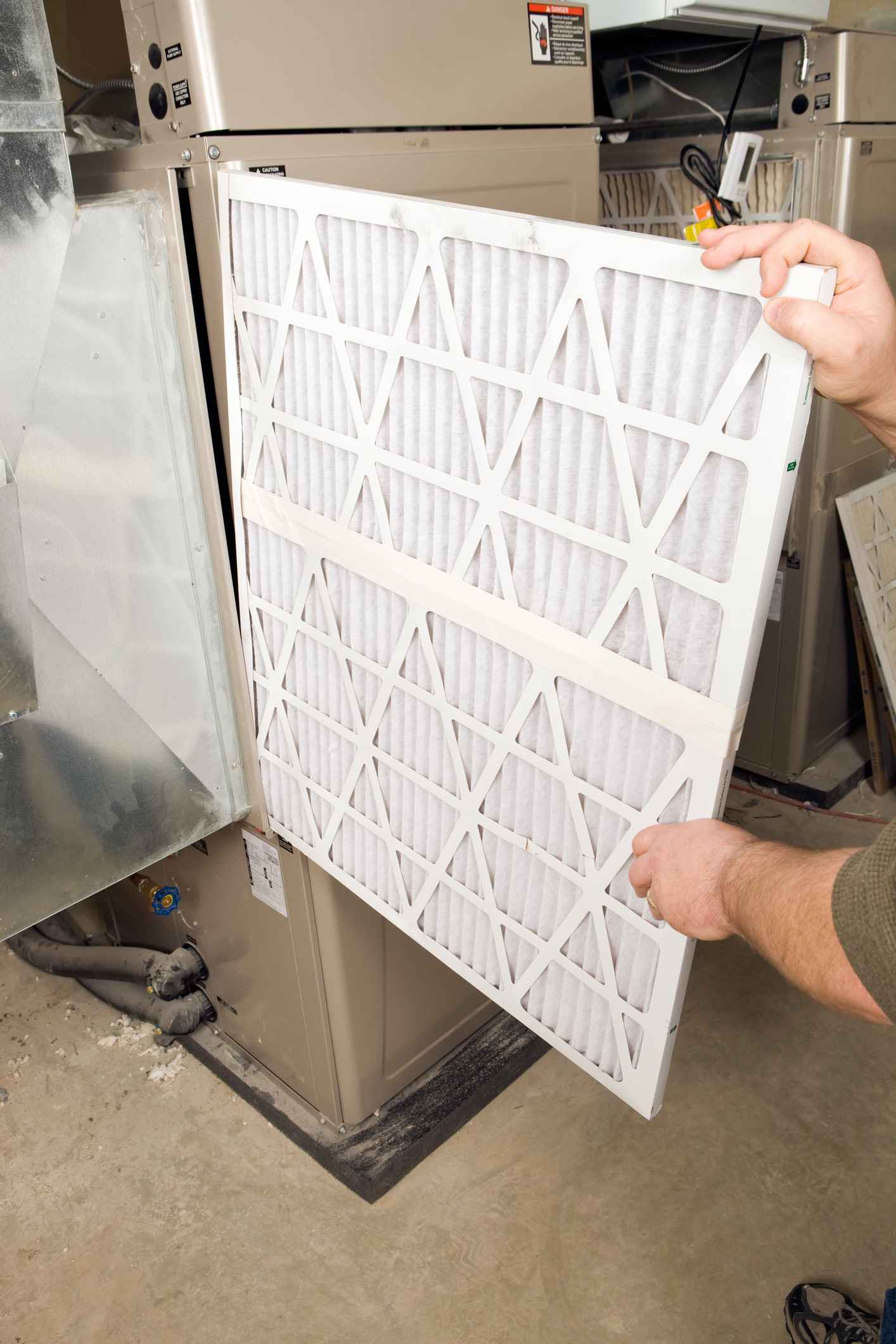
December HVAC Checklist: How Austin Homeowners Can Stay Warm During Sudden Cold Snaps

The Hidden Costs of Ignoring HVAC Duct Leaks in Austin’s Humid Climate

What Makes McCullough Heating & Air Conditioning the Right Choice for Austin Heating Needs

Why Texas Homeowners Are Upgrading to Heat Pumps in 2026: Efficiency & Tax Credit Insights
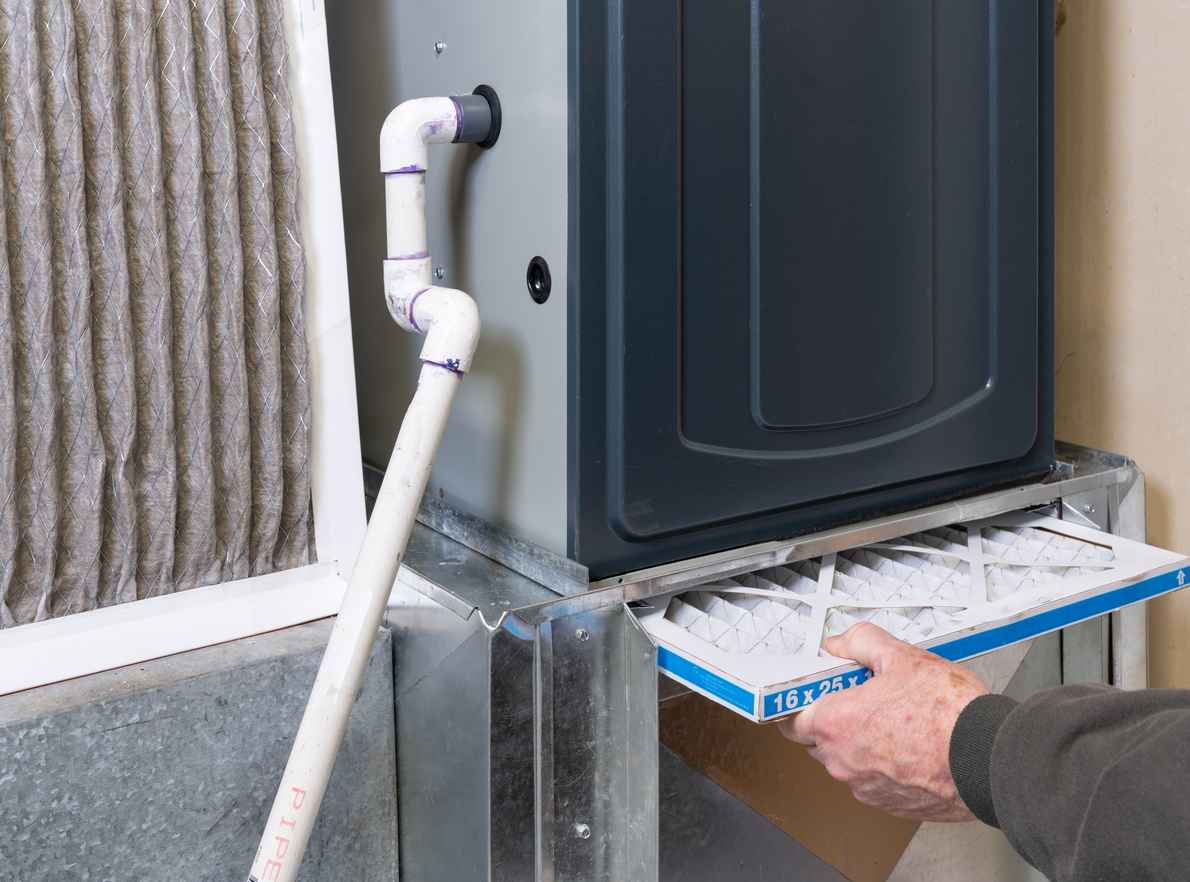
Is Your Furnace Ready for a Central Texas Winter? Austin Homeowners Should Check This First

Don’t Get Spooked by Strange HVAC Noises This Halloween: Austin’s Guide to a Fright-Free, Cozy Home
